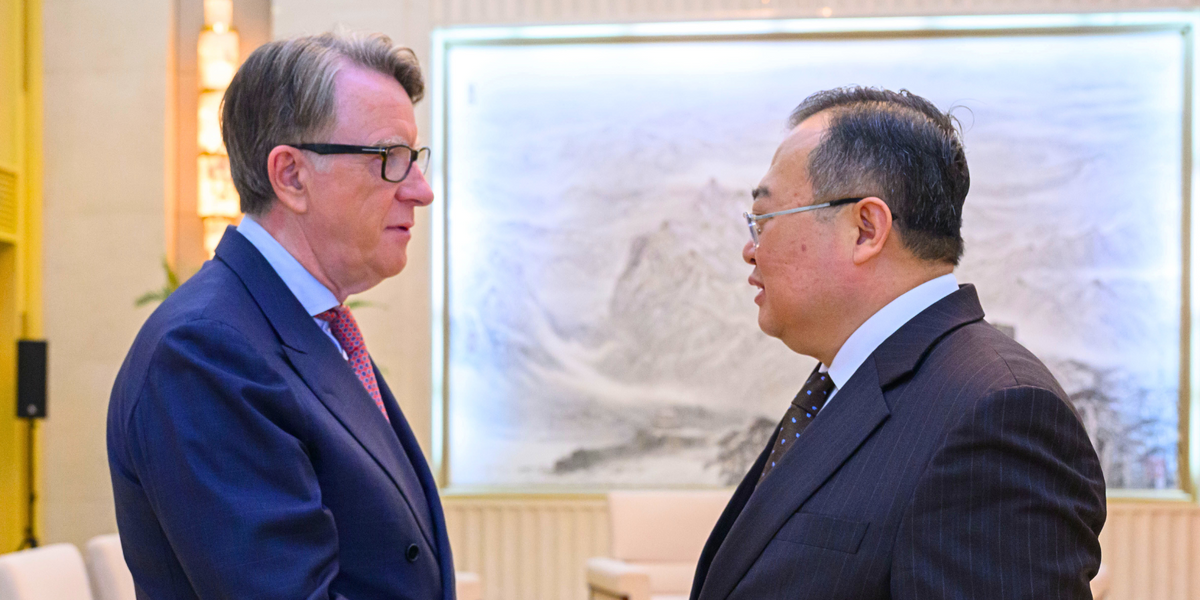Donald Trump's approach is clear: make immigration and asylum more difficult, deport undocumented immigrants, close the borders. He has already signed several executive orders to implement his plans.
Executive orders allow a US president to take action without the approval of Congress. Though Trump seems to be making particularly extensive use of this tool, they are not uncommon as a means of taking urgent measures or concretizing existing laws.
Executive orders can be challenged in court if they are deemed to be unconstitutional or to interfere with the powers of the states. They can also be overturned by Congress. But a president retains the power to veto such a decision, which in turn can be overridden by a two-thirds majority in Congress.
DW takes a look at some of Trump's key executive orders on migration, and the legal implications.
 Donald Trump has already signed several executive orders since taking office in JanuaryImage: Elizabeth Frantz/REUTERS
Donald Trump has already signed several executive orders since taking office in JanuaryImage: Elizabeth Frantz/REUTERSMigrant facility on Guantanamo Bay
Donald Trump has announced plans to detain up to 30,000 "criminal illegal aliens" in a "migrant facility" at the controversial US Guantanamo Bay naval base in Cuba. Legal experts and human rights organizations have expressed doubts about the plans and predict that he will not be able to enforce them legally in the long term.
The Center for Constitutional Rights issued the following statement from its executive director Vince Warren: "President Trump’s decision to use Guantanamo – global symbol and site of lawlessness, torture, and racism – to house immigrants should horrify us all. Like many of Trump’s authoritarian attacks on human rights, this one has shameful precedents in U.S. history. Long before the second Bush administration used the facility to hold and abuse nearly 800 Muslim men and boys as part of its "war on terror," the first Bush administration held Haitian refugees there to try to deny them their rights under international law."
 The military prison at Guantanomo Bay is notorious for the harsh detention conditionsImage: Magdalena Miriam Tröndle/dpa/picture alliance
The military prison at Guantanomo Bay is notorious for the harsh detention conditionsImage: Magdalena Miriam Tröndle/dpa/picture allianceA facility on the exclave is already used for migrants and asylum seekers caught at sea. Human rights organizations have criticized inhumane conditions there.
US President George W. Bush established the Guantanamo Bay military prison in 2002, during the "war on terror" that followed the September 11, 2001 terrorist attacks on the US. It soon became notorious for the extreme conditions that detainees were subjected to, which included torture. Human rights organizations criticized the arbitrary nature of the detentions. There are currently 15 men still imprisoned there, including Khalid Sheikh Mohammed, accused of being the mastermind behind the 9/11 attacks.
Donald Trump's executive orders leave migrants in limbo
Abolishing the birthright citizenship principle
Trump has signed an executive order to abolish birthright citizenship in the US. Currently every person born on US soil is granted US citizenship. This principle was adopted by the 14th Amendment to the US Constitution in 1868 and upheld by the Supreme Court in 1898 in the case of the United States v. Wong Kim Ark.
This week, a federal judge in the western coastal state of Washington issued a temporary order to block the executive order on the grounds that it was "blatantly unconstitutional." John Coughenour said that he had been on the bench "for over four decades" and could not "remember another case where the question presented was as clear." His emergency order is valid for 14 days.
More than 20 states, including California, New York, Illinois and Washington, have also filed suits against the executive order, as have several civil rights organizations, including the American Civil Liberties Union (ACLU). The cases could end up before the US Supreme Court, which has moved significantly to the right in the past 10 years, largely thanks to appointments made during Trump's first term. It remains to be seen how its judges would interpret the constitution.
 Guatemalan national Pedro Mauricio (left) posed with his sister Leticia after arriving on a flight that deported him from the US Image: Cristina Chiquin/REUTERS
Guatemalan national Pedro Mauricio (left) posed with his sister Leticia after arriving on a flight that deported him from the US Image: Cristina Chiquin/REUTERSNational emergency on US border with Mexico
Trump has also declared a national emergency at the US' southern border with Mexico. This allows him to use funds without congressional approval and to deploy the military. The Department of Homeland Security has also been instructed to take measures to deport migrants who do not have the right to reside in the US, as well as to identify undocumented migrants.
In the executive order entitled "Protecting the American People Against Invasion," reference is made to an article of the Constitution that guarantees that the federal government will protect all states from "invasion." Trump has described the influx of migrants at the US' southern border as such. However, constitutional lawyers say that the term refers to military attacks.
Trump already declared a national emergency on the US-Mexico border in 2019, in an attempt to secure funds for the construction of a border wall, which Congress had refused to finance. Some interpreted the controversial measure as infringing on separation of powers and as an abuse of executive power.
The president needs the cooperation of the federal states and local authorities to find and deport undocumented immigrants. Some of these are currently refusing to assist the federal authorities. The argument is that the strict enforcement of immigration laws could undermine community relations and jeopardize public safety.
Refugee resettlement program paused
Trump has also suspended the US refugee resettlement program for 90 days. Ongoing applications are on pause and no new ones are being accepted for the time being. The pause has left thousands of people stranded on the Mexican side of the border.
This executive order will also likely result in lawsuits being filed by US states and human rights organizations. It could also conflict with international obligations.
The United Nations has reminded the US, which is party to the Refugee Convention, that seeking asylum is a "universally recognized" right. Ravina Shamdasani, a spokesperson for the Office of the High Commissioner for Human Rights, said that states were "entitled to exercise jurisdiction along their sovereign borders, they also had to respect their international human rights obligations."
This article was originally written in German.

 By Deutsche Welle (World News) | Created at 2025-02-01 20:35:50 | Updated at 2025-02-01 23:03:17
2 hours ago
By Deutsche Welle (World News) | Created at 2025-02-01 20:35:50 | Updated at 2025-02-01 23:03:17
2 hours ago








